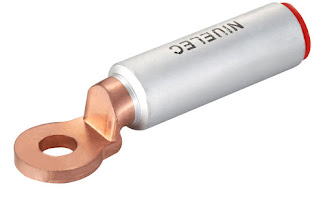How Do Copper Bonded Rods Improve Electrical Safety and System Reliability?

A COPPER BONDED EARTHING ROD plays a very crucial function in protecting persons and equipment in electrical installations. It intends to create a low-resistance path to the ground to facilitate the safe dissipation of fault currents, or lightning surges, into the earth. This going-to-ground feature is critical as it minimizes the risk of electric shocks, damage to electrical installations, or even fires breaking out due to sudden voltage surges or failures of insulation. Copper bonded rods are typically manufactured by bonding a layer of high conductivity copper onto a core of steel. This gives a perfect balance between the two materials: the corrosion resistance and conductivity of copper, and the mechanical strength and cost of steel. The copper cladding assures long-term durability even in adverse soil conditions thereby keeping the rods performing well through many years without a serious reduction in efficiency. From the safety viewpoint, due to their consistent cond...




